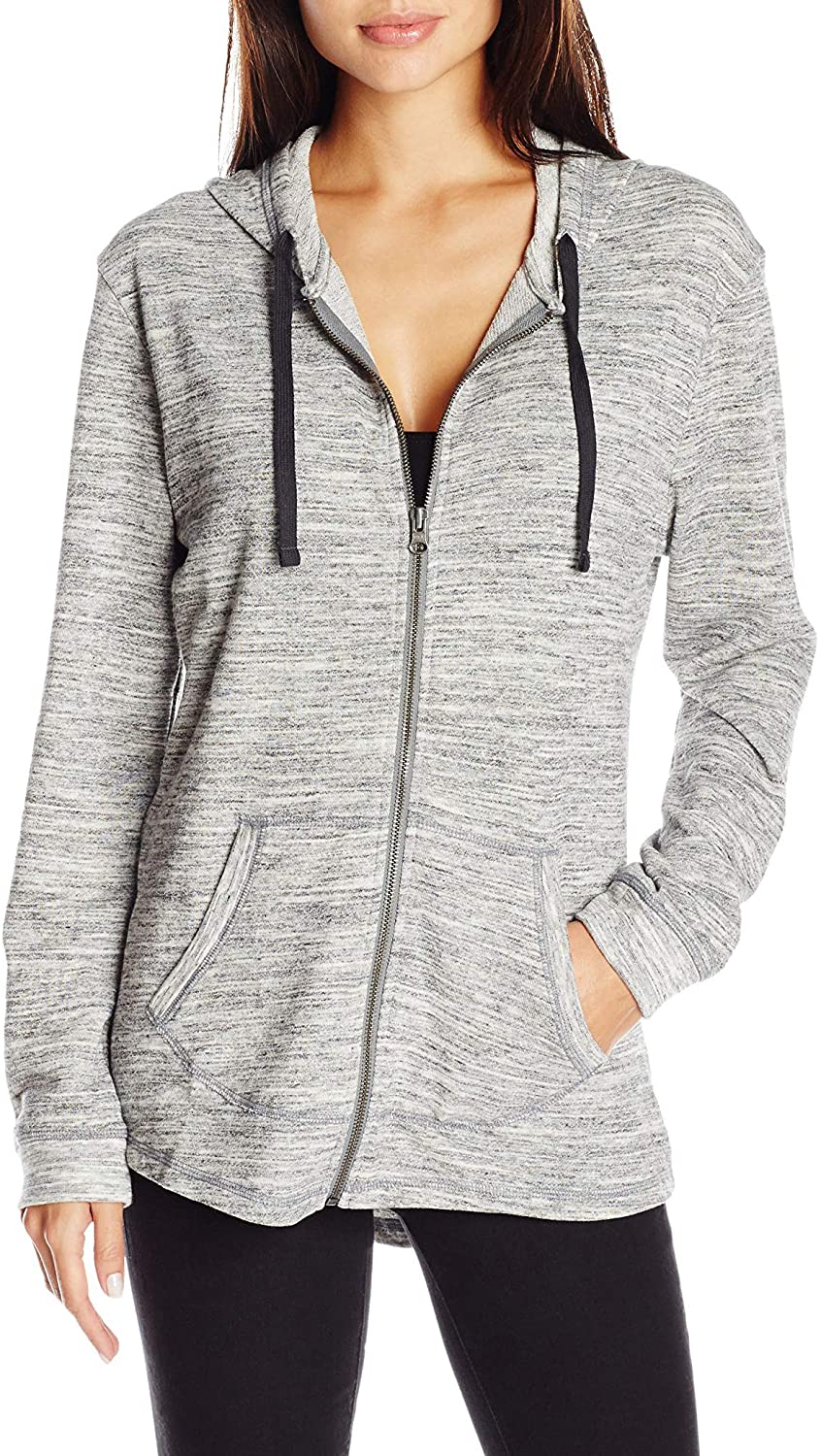What you should expect When Buying a new Sweatshirt

Sweatshirts are long-sleeved tops that are made of thick cotton cloth. They are typically worn as casual clothing but aren't as dressy as sweaters or cardigans. They may not have a Hood. If you are interested in buying a sweatshirt, here are a few tips:
Norma Kamali spread the appeal of sweatshirts
Since the late '70s, Norma Kamali has transformed the simple sweatshirt into an art form. Her designs have become an essential part of every woman's closet. Her distinct designs include tummy-tucking t-shirts to a crew neckline to thick leather sweatshirts. She also has created clothes with unusual forms, such as an oversized tank top that has an extended trumpet skirt.
A partnership with the brand and sweatshirt manufacturer Everlast led to her Timeless collection, which was a huge hit when it appeared in the Spiegel spring 2006 catalog. The collection featured knits that could be interchangeable or convertible in classic shapes and many of the pieces were priced under $20. Even the Norma Kamali's Timeless collection wasn't available in stores, fans were able to find the items through eBay and Poshmark.
Merino wool sweatshirts are more comfortable than soft sweatshirts.
Merino wool is well-known for its ability to wick moisture away which help to keep you comfortable and dry. This is a naturally-occurring fibre that also offers a smoother and more comfortable feeling. It is also quick to dry when compared with other natural substances. In addition, it is a renewable resource. The merino sheep shed coats every year and regrow new ones.
Merino's weight-to-heat ratio is high, and the warmth of wool makes it an ideal material for sweatshirts. It helps to regulate body temperature due to its natural loft, which holds heat in the fibers. This is why Merino wool sweatshirts work ideal for summer and outdoor activities like hiking, mountain biking and running. The warmth it provides ensures that the wearer stays cool and dry, which is crucial for working out.
Zip-front hoodies feature kangaroo pockets.
Kangaroo pocket Hoodies are a very popular type of hoodies. They feature a big pocket at the front that keeps your hands warm during cold days. They are much more practical than traditional pockets as they allow your hands to slide into and out effortlessly.
Kangaroo pockets are usually large enough to accommodate the wallet, or other smaller personal items. They are commonly large enough to accommodate a small hand and are large enough to accommodate two hands. They feature wide openings on either side , and make them ideal for carrying small objects.
French terry fabric is a well-loved fabric for sweatshirts.
The French Terry fabric is composed of soft yarns knit into loops and are usually mid-weight. It is also renowned for its ability to wick moisture and is already pre-shrunk. French Terry is an excellent choice for sweatshirts because it keeps you warm when you're in need and helps keep you cool when you need to cool off.
French Terry is also a popular choice for casual wear, as it is stretchy enough and has enough flexibility to feel good against your skin. Take a look at the site here allows enough air to circulate through the fabric, which makes it ideal for layering underneath other clothing. Furthermore, because it's lighter than other sweatshirts that you can wear throughout the year without feeling either cold or hot.

Hoodies are classy and have a connotation of class.
Although it might appear that hoodies are simply an appropriate clothing item for people of the working class but the truth is that they are a symbol of class. Hoodies were first used in the early 1970s , in New York, where graffiti artists wore them to hide their identities. In 1976 the hoodies made their big appearance in the film "Rocky," when the protagonist of the film was a working class man in grey sweats with hoods during his memorable climb to the top of the Philadelphia Museum of Art.
Hoodies are frequently linked to death, destruction and other negative items, yet they serve a practical purpose. For instance, monks and priests might wear hoods in order to display respect and a sense of self-control.
